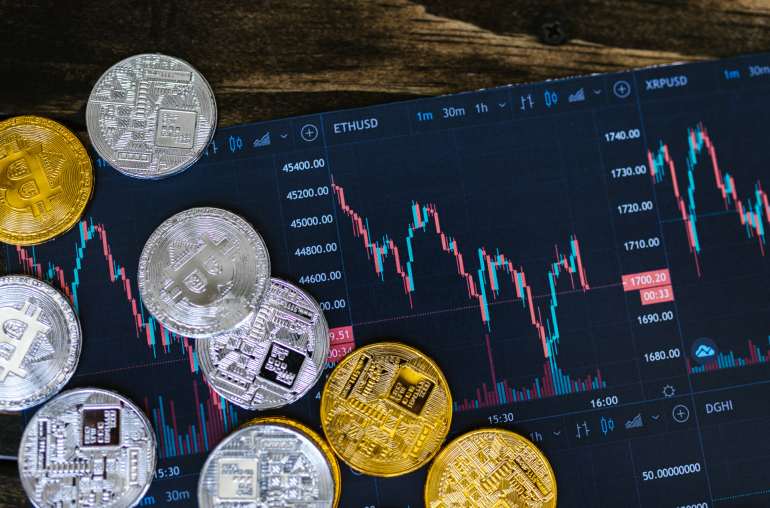
-
Zero-fee trading platforms make money from selling trading orders, giving rise to a potential conflict of interest in the design of trading apps such as Robinhood which are intended to gamify investment and encourage speculation
-
Volume of trade key to the zero-fee trading model, meaning that investors pay a high long term price for speculating in the markets without their knowledge
Although retail investors were drawn to the likes of SoFi and Robinhood because of their zero-fee trading accounts, trading isn’t free.
Just as how users “pay” social media with their data to use these platforms, zero-fee traders on apps like Robinhood are also “paying” – they’re the product.
Democratizing access to the markets sounds like a good idea – the devil is in the execution and a race to zero commissions meant that the more people get price updates the more they’re likely to trade with the frictionless nature of playing the market warping behavior.
The real cost of those trades has been noise in the market.
And a study published this week by researchers at Emory University and Oklahoma State University showed that commission-free trading on Robinhood not only contributes to greater volatility in stocks bought by retail traders, it also provides no predictive value on returns.
So how do brokerages charge zero fees?
The no-fee business model relies primarily on what’s known as “payment for order flow” – market makers make money off of order spreads (the difference between the bid and ask price for a stock) so they’ll pay brokerages to send orders their way.
Because stock markets are generally more efficient than say cryptocurrency markets (i.e. the spreads are thin), market makers need tremendous amounts of volume to make money off the spreads and that’s where zero-fee brokerages like Robinhood come in.
Robinhood isn’t giving away free trading – the customer is the product, they just don’t know it.
Which means that platforms like Robinhood or the other brokerages who have all been cornered into zero-fee trading don’t care as much if investors are profiting or losing, they just care that they’re trading and that’s where the misalignment in interests comes in.
Just like social media firms only care that users are constantly coming back to use their platforms, brokerages only really care that traders are trading – the more people trade, the more money they make, it’s just that it’s not obvious how that money is made.
The same way that the past four years have demonstrated the distortive effects of misaligned interests when it comes to social media, last month demonstrated how a misalignment of interest between traders and their zero-fee trading platforms can wreak havoc on markets.



